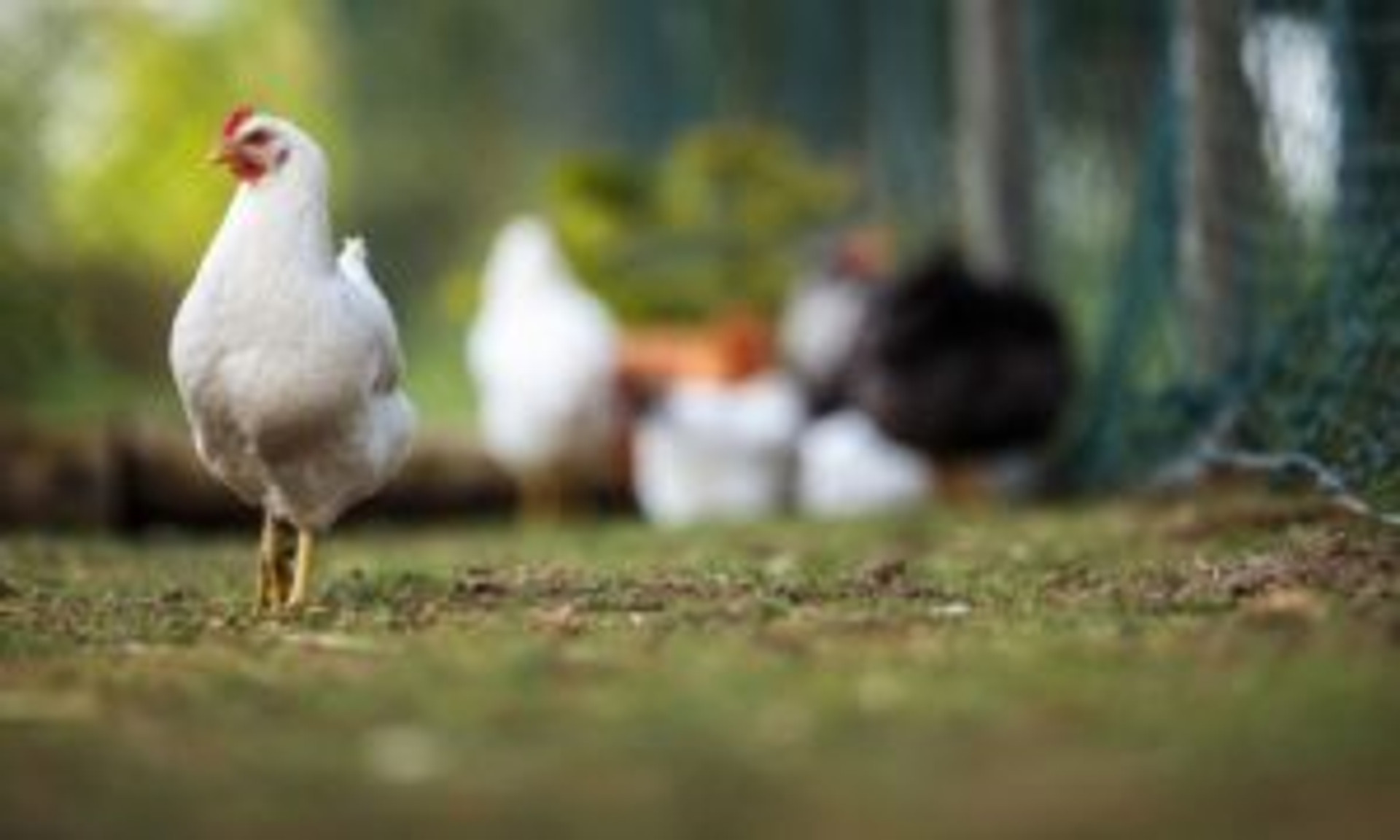Feeding Chickens at Various Ages
Just like humans, chickens of different ages have different dietary needs. You want to keep every member of your flock happy and healthy by giving them the food they need to grow and thrive. Here are some tips for feeding chickens at various ages, so you can give your chickens the best care throughout their entire lives.
NEWBORN AND GROWING CHICKS
When feeding chickens at various ages, you want to make sure you’re meeting their unique nutritional demands. Brand new chicks require higher levels of protein in their food to grow. This is why you should give your chicks starter feed.
Make sure to put their food and water in bowls they can reach and keep both clean and free of droppings and bedding. As chicks grow older—at around eight to ten weeks—you can switch them to grower feed. It has slightly less protein and helps them mature into adult chickens.
LAYING CHICKENS
At around 18 weeks old, or whenever your chickens start laying eggs, you should switch them to layer feed. This has less protein than starter and grower feeds, but larger calcium levels, which helps eggs develop properly. However, the calcium can cause kidney damage and other harm to younger birds. As such, it’s important to keep younger chickens away from layer feed.
LIMITED TREATS
Like any other animal, you want to treat your chickens. Snacks such as fruits, vegetables, or table scraps might get your flock excited, but it’s important to limit the number of chicken treats you give them. Nutrition is far more important, and treats can throw off your chickens’ balanced diet and cause health issues. If you do feed them the occasional treat or scrap, be sure to help them with digestion by providing grits.
FREE-FEEDING
Due to pecking orders and the way chickens digest their food, one of the most highly recommended methods of feeding is free or full feeding. This means keeping a full chicken feeder at all times so all members of the flock can come and go at their leisure. This allows your chickens to get as much food as they need, and they won’t fight each other to get at the trough during feeding times.

